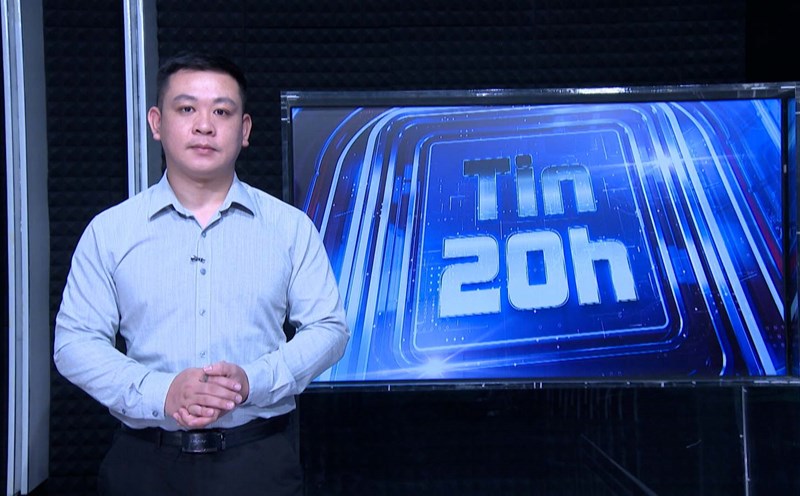The event took place right after the annual NATO summit. The developments and results of the NATO Summit overshadow the EU because the majority of EU members are also NATO members, and the continental security issue along with the Ukrainian conflict directly affects the current situation as well as the future of both NATO and the EU. The trade conflict between the US and the EU is also a highlight in the EU summit's agenda.
The determination and efforts of the EU in overcoming the four biggest challenges at present can be seen at the recent summit.
The first challenge is to ensure the security of its members and for the continent in a situation where it is no longer possible to rely on, count on and forever rely on the commitments and promises of the United States. The solution that was proposed by the EU and re-determined at this conference is that members must strengthen their defense and military capabilities while the EU strengthens its weapons.
That orientation has been identified and agreed upon among EU members, but even at this conference, the EU has not made significant progress in concretization to be able to implement immediately, and has not yet agreed upon a feasible roadmap. At the conference, the EU attracted the European Investment Bank (EIB) to help the EU stabilize the financial aspect of the continental arms increase.
The second challenge is to continue supporting Ukraine in the context of the new US administration's unwillingness to continue pouring US money and weapons into Ukraine. All signs from the US side show that the US is increasingly leaning towards the policy of considering the Ukrainian conflict a matter of Ukraine, the EU and Europe alone, so the EU, Europe and Ukraine must take care of it and handle it themselves.
In this matter, the EU summit has not brought about any significant and more fortunate progress for the EU and Ukraine, other than the EU continuing to affirm its political, military and financial support for Ukraine.
The third major challenge for the EU is responding to US President Donald Trump's trade protection tariff negotiation round. The EU's strategy in dealing with Mr. Trump is to both promote trade negotiations with the US and be ready to "eat a piece, return a piece". The problem is that Mr. Trump does not seem to be interested in trade negotiations but only wants to impose a trade deal on the EU. The fourth major challenge for the EU is internal cracks in many areas, but the most obvious is disagreement on sanctions against Russia.












